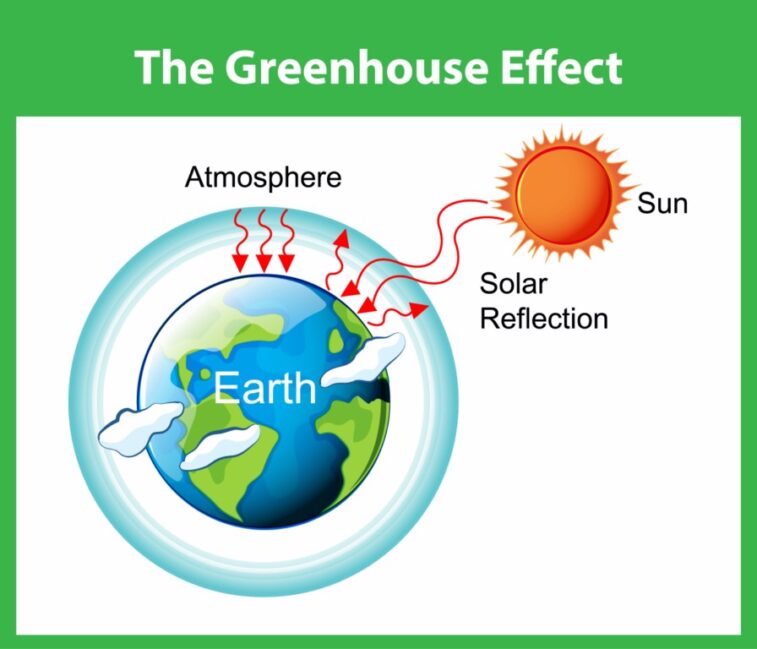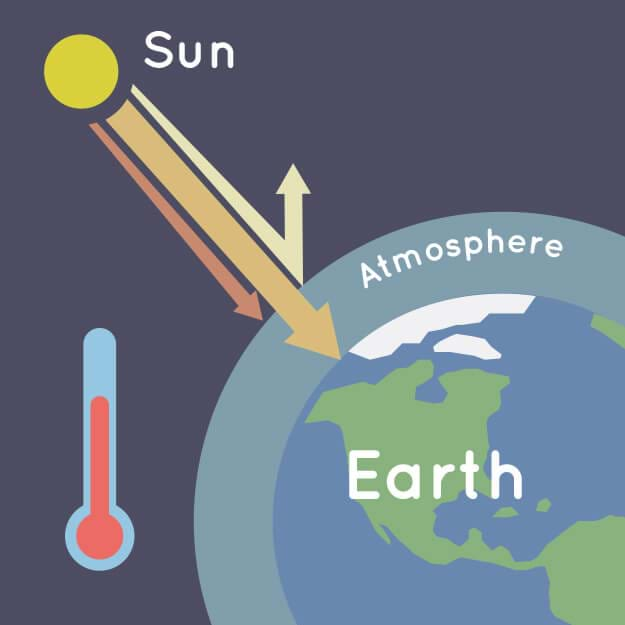

The IPCC’s Third Assessment Report - completed in October 2000 - cited “stronger evidence” than ever before linking human activity to climate change. In 1995, the IPCC concluded in its Second Assessment Report that “the balance of evidence suggest a discernible human influence on the global climate,” a determination that helped lead to the setting of emissions targets in the Kyoto Protocol.

To assess the mounting body of scientific, technical, and socioeconomic research on the climatic effects of rising greenhouse gas concentrations, the World Meteorological Association and the United Nations Environment Program jointly created the Intergovernmental Panel on Climate Change (IPCC) in 1988. The implications of rising levels of greenhouse gases in the atmosphere have received a great deal of scientific attention over the past decade. As a result, atmospheric concentrations of carbon dioxide have risen substantially over the past two centuries. Department of Energy’s Carbon Dioxide Information Analysis Center (CDIAC). Global emissions of carbon dioxide from human activities have increased more than 1000-fold, from 660 million to 931 billion metric tons between 17, according to the U.S. Chlorofluorocarbons (also called CFCs, manufactured by industry for use in coolants and insulation).Nitrous oxide or N2O (generated by the combustion of fossil fuels and solid waste).Methane or CH4 (emitted by livestock or by the decomposition of organic wastes in municipal solid waste landfills).Carbon dioxide or CO2 (produced by burning solid waste, wood and wood products, and fossil fuels such as oil, natural gas, and coal).The four greenhouse gases whose atmospheric concentrations are most influenced by human activities are: The Industrial Revolution, particularly the widespread use of fossil fuels such as oil and coal, has led to the release of enormous amounts of heat-absorbing gases into the atmosphere. Over the past two centuries, all kinds of human activities, from powering steam engines to surfing the World Wide Web, have added to this “greenhouse” effect. This natural trapping of heat keeps the planet surface warmer than it would otherwise be, making it more hospitable to life. Certain gases in the atmosphere such as carbon dioxide and water vapor absorb and re-emit this energy, which slows down the process of releasing the solar energy back into space. Earth’s surface in turn reflects this energy back toward space in the form of infrared (heat) radiation. (November 2000) Most of the sun’s radiation passes through Earth’s atmosphere to warm the planet. Our Commitment to Diversity, Equity, and Inclusion.Policy and Advocacy Communications Training.Management of Complex Technical Programs.Distilling Research for Non-Technical Audiences.Adaptive Learning and Knowledge Management.Family Planning, Maternal and Reproductive Health.


 0 kommentar(er)
0 kommentar(er)
